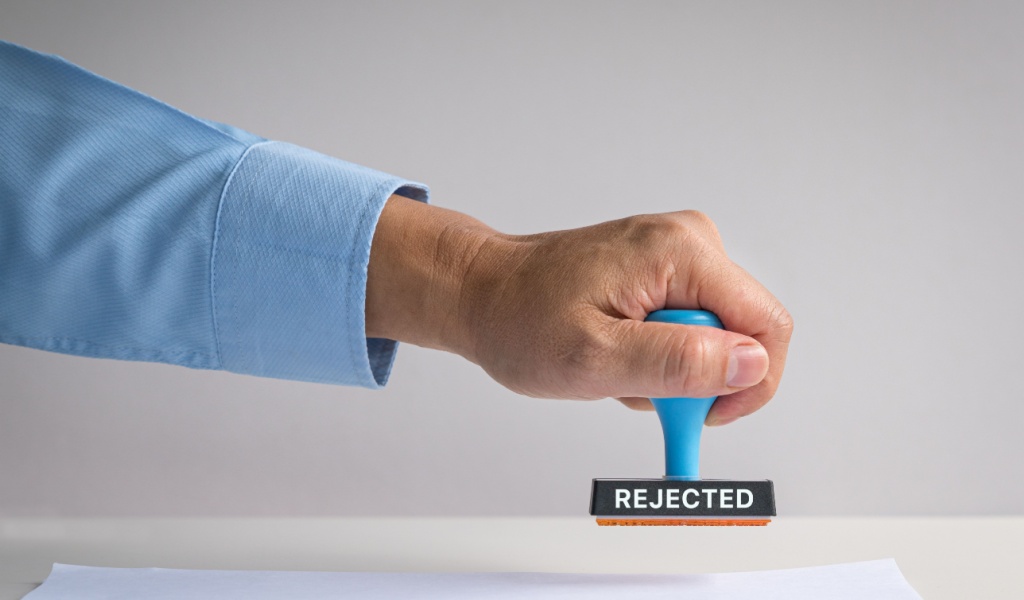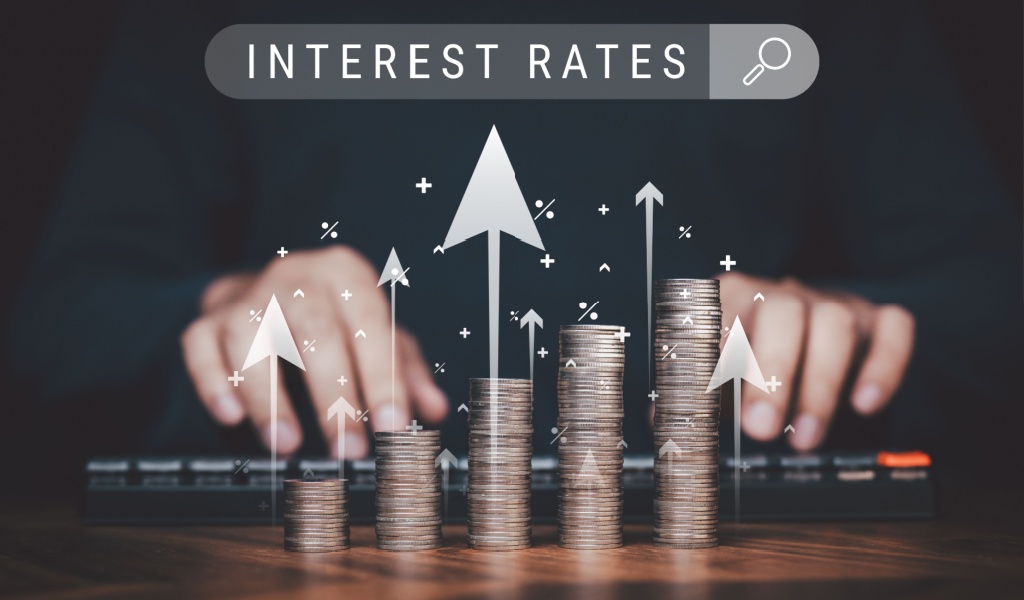If you placed less than 20% of a property’s value as a down payment when purchasing a home, you are probably obliged to pay more for mortgage insurance. Your monthly cost could significantly alter based on your borrowed sum and credit score.
The form of loan and the sum of the down payment will decide the duration of your mortgage insurance – only the lender benefits from this additional expense. However, there are plenty of measures to eliminate mortgage insurance immediately.

Types Of Private Mortgage Insurance (PMI)
PMI comes in two forms, but borrower-paid is the most common of the two. The lender will inform you of the monthly cost shortly after you close the loan. Generally, you can include this cost in your monthly mortgage payment or make a separate monthly payment for it. With borrower-paid PMI, once you reach the midpoint of your loan’s amortization plan or possess 22% equity in your home, the lender with borrower-paid PMI has to stop taking payments.
The other type of PMI is lender-paid. Here, the lender will take care of the insurance cost. However, they will put a higher interest rate to counterbalance the expense. While borrower-paid PMI can be annulled, the higher interest rate related to lender-paid mortgage insurance stays through the entire loan period.
Mortgage Insurance for Conventional Loans
Most lenders will expect you to obtain private mortgage insurance (PMI) if you place less than a 20% down payment when using a conventional mortgage to buy a property. In exchange for a higher interest rate, they sometimes prefer to ignore the obligation. However, this can result in your overall borrowing cost being higher than the PMI cost.
Mortgage Insurance for FHA Loans
The Federal Housing Administration guarantees FHA loans, and the government supports mortgage insurance. Mortgage insurance premiums (MIP) are what you pay for loan-related insurance.
First, FHA borrowers require paying 1.75% of the total loan at closing. Next, they have to pay a yearly premium ranging from 0.45% to 1.05%, which mostly lasts the duration of the mortgage.
Removing PMI
Removing PMI leads to immediate monthly savings. Nevertheless, it is essential to weigh possible costs based on your situation.
After that, evaluate the facts thoroughly and choose the best way to remove PMI. First, determine your present LTV by dividing your mortgage’s outstanding balance by your home’s total worth. Check your loan records or contact your lender to obtain the amortization plan and be mindful of how close you are if the LTV is nearing the 80% mark.
Try an online property valuator like Redfin or Zillow to determine your home value in case you fail to remove PMI, given the original loan value. A lower upfront cost than a refinance is possible if you believe that an appraisal could assist you in reaching your goal.
Ways To Get Rid Of PMI
If you cannot afford a 20% down payment, PMI may look like a penalty. However, there are multiple methods to remove it. There are two possibilities for eliminating PMI under the federal Homeowners Protection Act: ask for cancellation or wait for automatic termination. Loan servicers are obliged to stop PMI when you settle half of your loan, unless you’ve had it removed already. The following are the ways to remove PMI:
Cancel Your PMI
Conventional mortgage lenders possess the authority to ask for mortgage insurance payments, as well as to strip away this payment. Michael Ryan, a financial coach at Michael Ryan Money, states, “The first step is to contact your lender and ask if you can cancel your mortgage insurance.”
It is advisable to contact your lender when you build 20% equity in your home. However, lenders are not obliged to accept your request even then. In case they refuse to accept your request, cancellation is still imminent. They are lawfully obliged to eliminate mortgage insurance only once you build 22% equity in your home.

Reappraise Your Home
In case your property value rises, it can lead you to hit the 20% equity mark. As per Andrew Latham, a CFP professional and content director at SuperMoney, “Track the market value of your home by registering with platforms like Zillow or Redfin. Once your loan-to-value ratio gets to 80%, contact your lender and ask about their private mortgage insurance (PMI) protocol.” Furthermore, the lender might need you to reach out to a professional appraiser to reflect on your property value.
According to Latham’s advice, it is vital to thoroughly review the property and ensure that everything is working correctly before the appraiser shows up. If you find anything significant that could lessen the value of your home, ensure to fix it before the new appraisal takes place.
Refinance
Refinancing your mortgage is another way to get out of this pricey payment, but you will need at least 20% equity in your home. Moreover, ensure to pick a refinance option that does not include taking out any cash. This method can get you out of either mortgage insurance on a conventional or FHA loan.
Paul Sundin, a certified public accountant and CEO of Emparion, a provider of strategic retirement services, states, “Remember that you don’t have to refinance with your current lender; you can work with other lenders. Once you apply for refinancing, wait until the appraisal and underwriting processes are completed.”
Consider House Upgrades
Several things determine the current market value of your home, and you only have limited control over the fluctuations in the market. However, smart house upgrades can additionally upgrade the market value of your house.
According to Latham, it is advisable to concentrate on house upgrades, such as upgrading the kitchen and bathroom, as it could offer a higher rate of return. He states that lenders will often require a list of adjustments, so it’s important to maintain records of the process. Contact the lender to request the cancellation of the PMI in case your upgrades increase your home equity ownership to a minimum of 20%.
Make Additional Payments
Additional payments can bring your equity to 20% earlier than anticipated, along with hastening the cancellation of your PMI. You can settle your balance mortgage debt sooner if your financial situation allows. If your monthly budget fails to cover it, consider applying any excess cash you get to pay the balance mortgage loan.
As stated by Ryan McCarty, a CFP professional and proprietor of McCarty Money Matters, “If you receive bonuses at work, set them aside as additional mortgage principal payments.” Furthermore, he advises, “If you pay off another debt, use those dollars to add to your mortgage payment until the PMI is removed.” This is a viable alternative payment approach that can help you get rid of PMI quickly.
In Conclusion
Mortgage insurance, as described by McCarty, “is a bloodsucker.” Private mortgage insurance enables you to buy a property without having to accumulate a 20% down payment. Nevertheless, the additional cost imposes a strain on your financial standings. You can lower your mortgage insurance cost as a borrower using the abovementioned methods.



